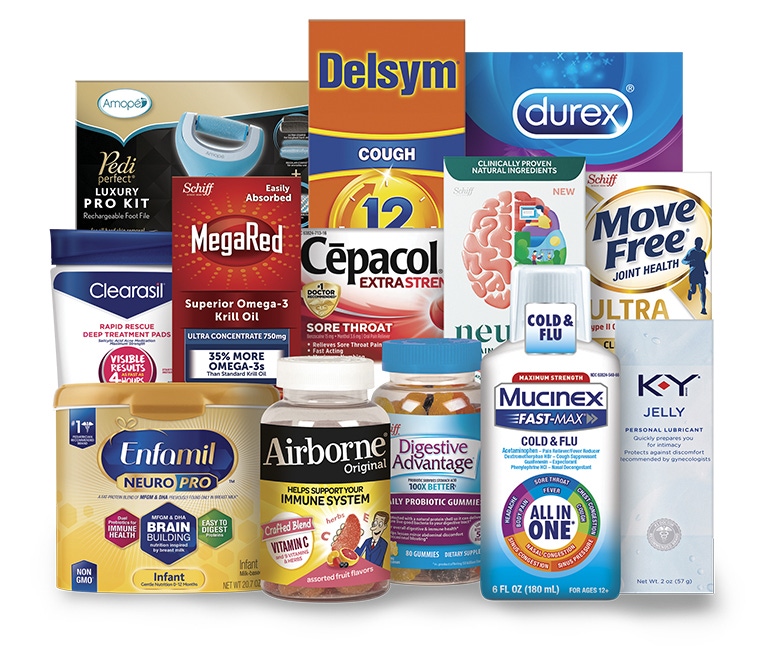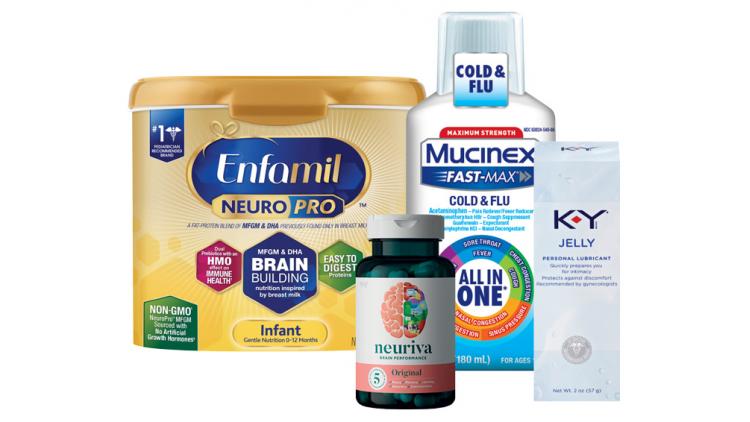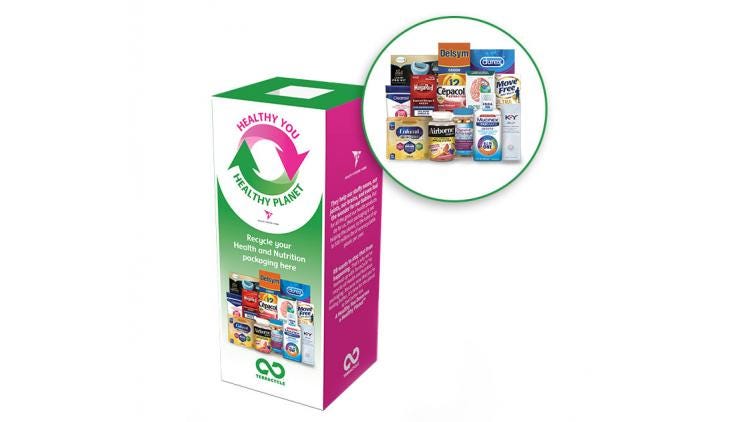Remedies for single-use plastic packaging
October 3, 2019

Does cold and flu season inevitably generate packaging waste? Consumer brands can step up to treat people and planet, as TerraCycle and Loop CEO Tom Szaky enlightens us. A new example is the RB Health & Nutrition Recycling Program, a national network for health-and-wellness package recovery.
Cough, cold and flu season is right around the corner, and in a world of year-on-year population growth, over-the-counter (OTC) wellness is only expanding. Millions of people annually manage seasonal symptoms with health products available without a prescription, items available at most convenience retailers, supermarkets and pharmacy stores at affordable prices and easy-to-use configurations.
Packaging plays a huge role in this. Single-use plastics make pill jars, blister packs, syrup bottles, and throat and nose sprays easy to sell and buy—and we��’ve also seen many prescription medicines move into the OTC space with user-friendly packaging.
Of course, with the lower value production materials bringing down costs to purchase, most of this lightweighted packaging is typically non-recyclable through public programs.
In a world of increasing sustainability concerns (not to mention, the changes in ailment and allergy season due to climate), raising the bar on circularity for the cough, cold and flu industries now can create new value propositions in the face of environmental uncertainty.
In sickness and in health: Consumer staples
OTC cough, cold and flu drugs are considered consumer staples (that is, things people need year-round)—which is a category expected to grow 8.5% to a $491 billion industry by 2024.
Due in large part to packaging technologies, manufacturers are able to deliver on the value propositions for everyday wellness, which (similar to food and beverage) include insurance of quality, ease of use and accessibility (both financial and geographic).
Packaging in this space must be tamper-resistant; convenient; easy to open and close by adults (but difficult for young children to get into); space-saving; not prone to breakage in transport, on shelves or in use; and inexpensive enough to not drive up the cost of the product.
In fact, many prescription medicines and medical-grade drug delivery devices (items such as pre-filled syringes, auto-injectors and nasal sprays) have crossed over from script-only into the OTC space thanks to single-use packaging.
A clogged system
But the current state of global recycling aside, most of the packaging techniques used in the OTC space are non-recyclable. Small sizes, colored plastic, multi-layer and compositional components (such as tamper-resistant seals, blister packs, sachets and aseptic pouches), and shrink wraps are not economical to recycle.

Costing money to collect and separate, recycling systems have not evolved to handle these items efficiently, and the materials have low value in the market. Nevertheless, the current track for single-use cough/cold/flu packaging is landfilling or incineration—and entirely loses out on their value as a material resource —and entirely loses out on their value as a material resource.
Nearly all the new, virgin plastic produced is made to be used just once, then thrown away. What if even a fraction of the 280 million metric tons produced annually were captured to be recycled, and suitable markets found for the material so that they flow smoothly within the system?
Business can keep the system well
Now and in the future, businesses and brands are in the strongest position to impact the supply chain. The bigger the business, the bigger the impact. RB, makers of popular consumer brands Mucinex, Enfamil and Airborne, are one of the latest conglomerates to work with TerraCycle on solving for these breaks in the materials economy through the Healthy You, Healthy Planet partnership.

As part of its sustainability commitments to remove or reduce use of plastic packaging and invest in research into alternative materials, the corporation’s brand-sponsored, national recycling program with TerraCycle solves for difficult-to-recycle cough, cold, flu, sore throat and nasal care packaging, in addition to packaging for the following categories, from any brand:
• Vitamins, minerals and supplements
• Sexual health and well-being
• Infant formula and child nutrition
• Personal care and foot care
From blister packs to baby formula tubes, even condom wrappers and personal care product tubes, the program accepts the many, varied types of packaging that deliver the products we use in everyday life. It also allows retail stores, colleges, gyms and other organizations to sign up as a public drop-off site and build up the recycling network.
RB is also part of our new Loop platform, moving products from disposable packaging into the reusable, durable space. It is challenging for products in the health-and-wellness category to go refillable due to the issues of sterilization and reduced “toss-and-go” convenience upfront, the very reasons the category benefits from single-use packaging. But, as RB is proving, it can be done.
Healthy you, healthy planet
What is good for the body, delivered in single-use packaging with no recycling solution, isn't always good for the planet, but what’s good for the planet is almost always good for us. Remedies for single-use packaging include recycling, but the key will always be reduction.
Researching, developing, investing in and supporting better health care and personal wellness options is a much larger issue than the consumer goods industry, but they are related. The world will never not need products and services to keep us well, so it is imperative that the industry work to do better for the health and sustainability of its systems.
About the Author(s)
You May Also Like




